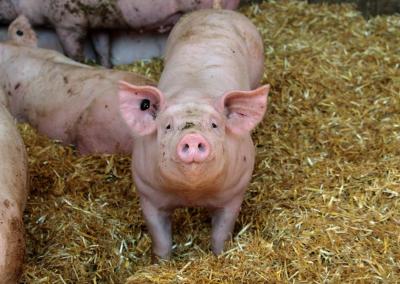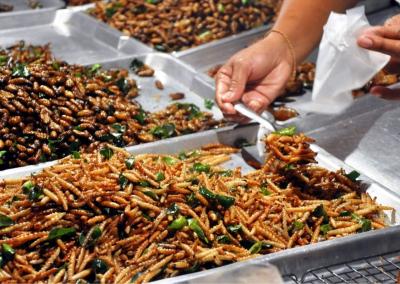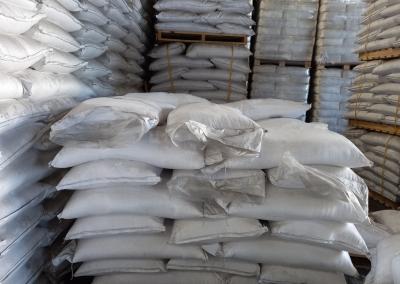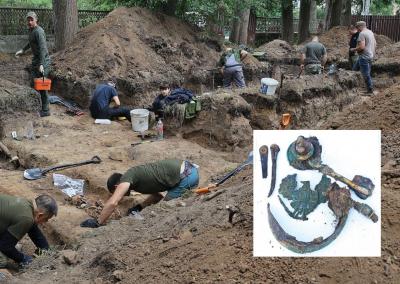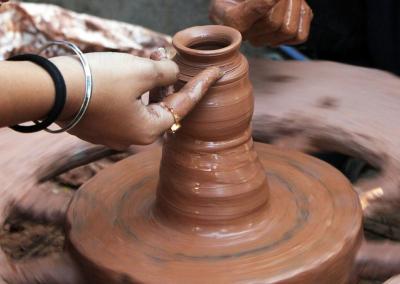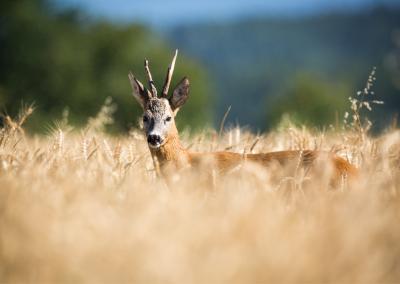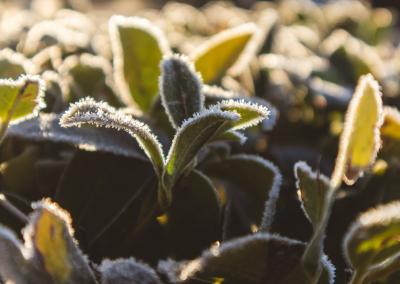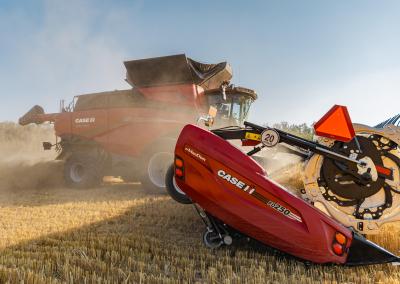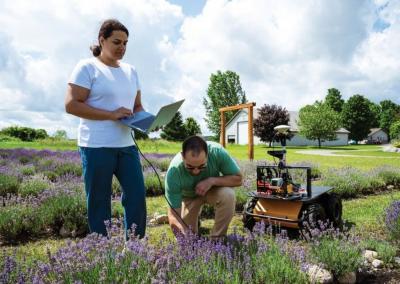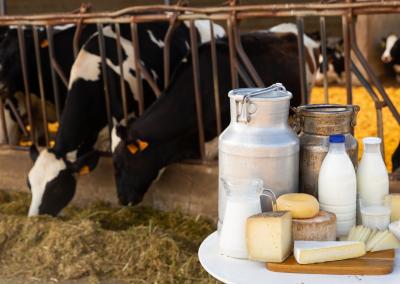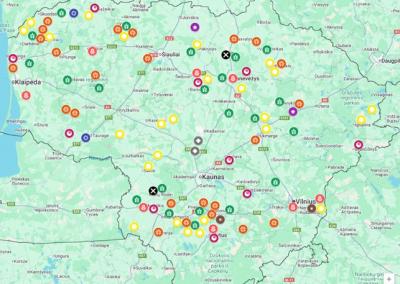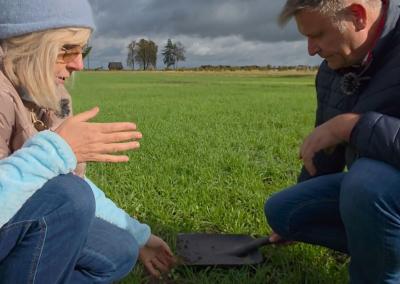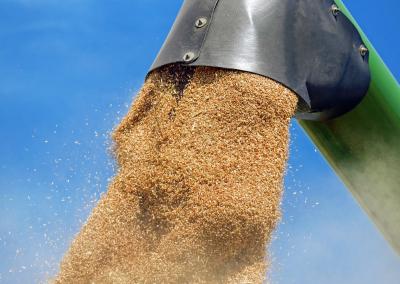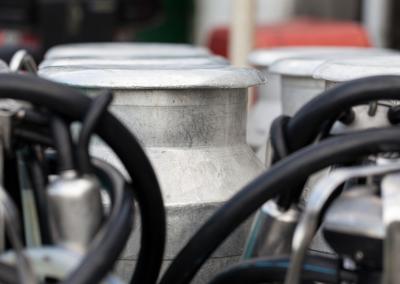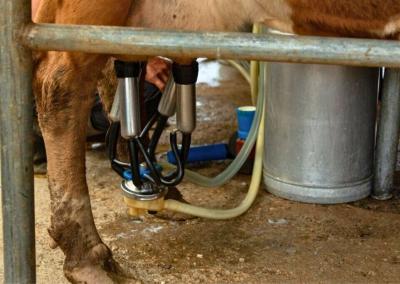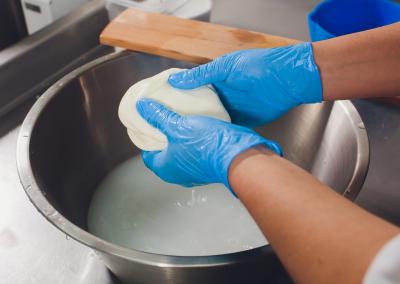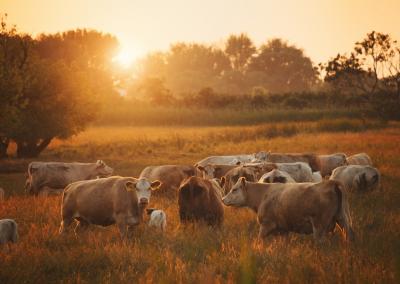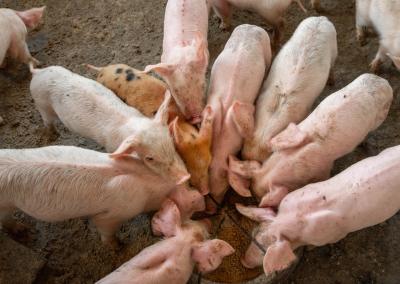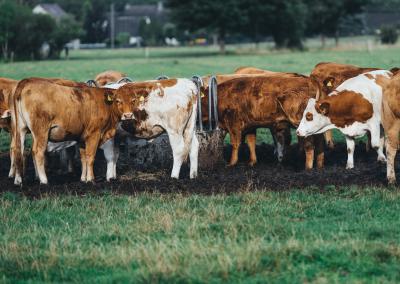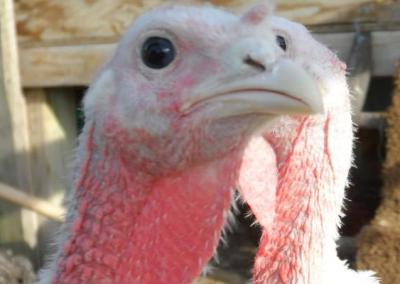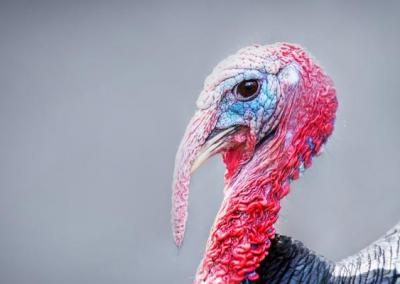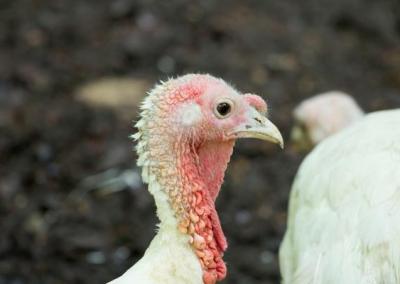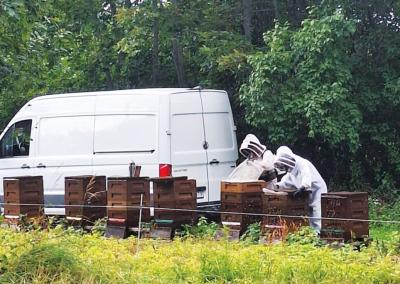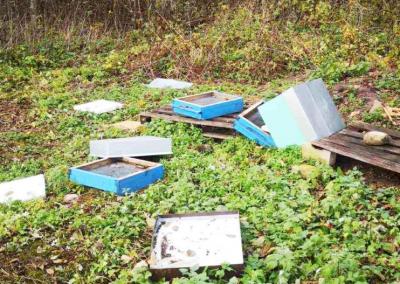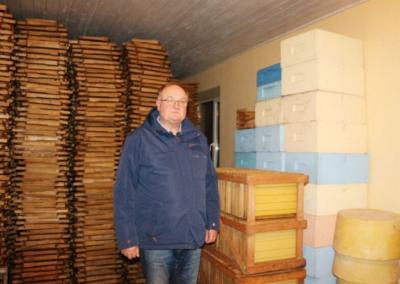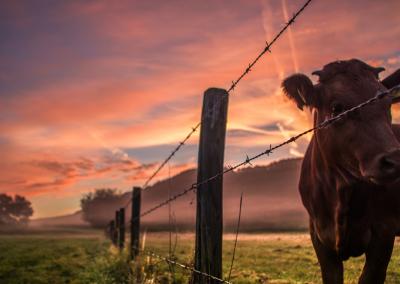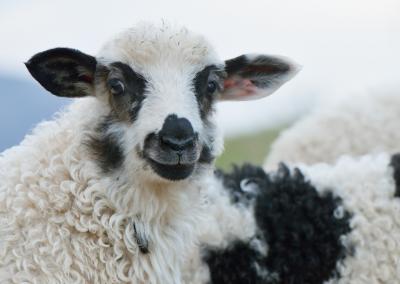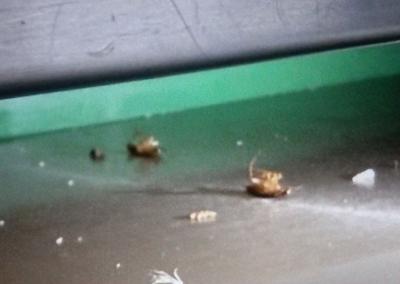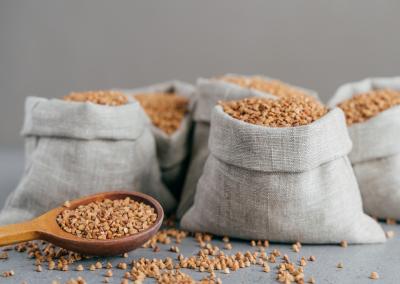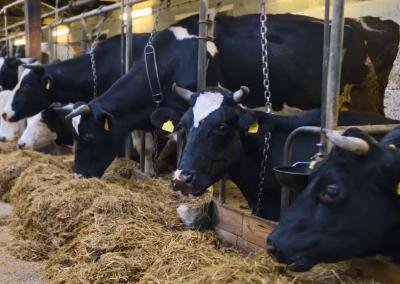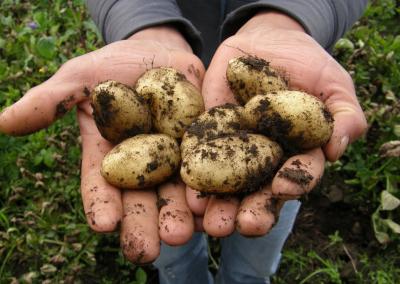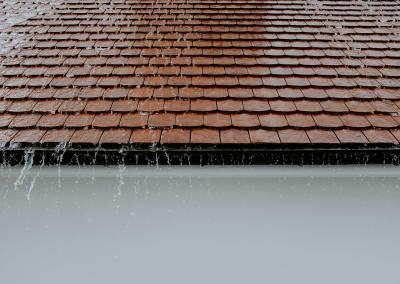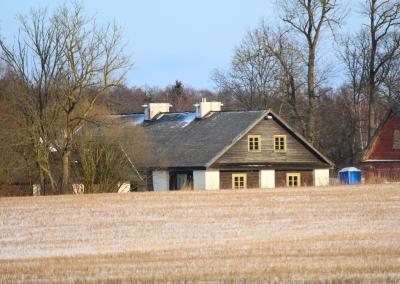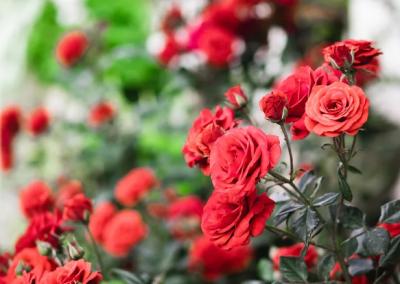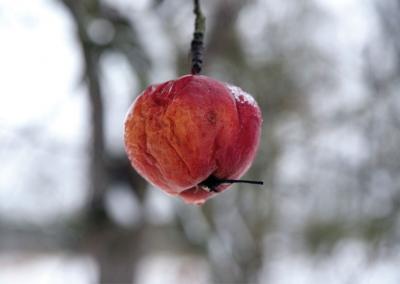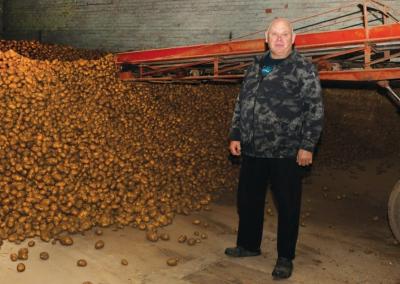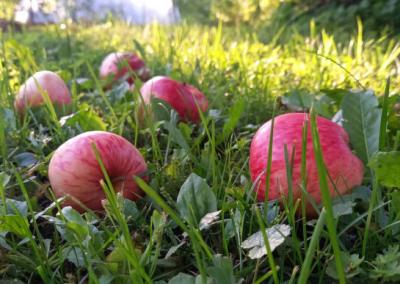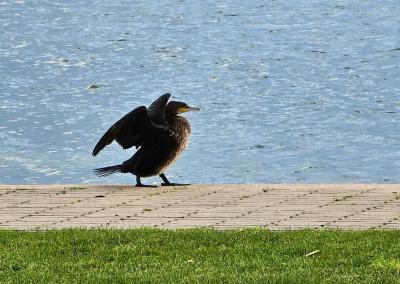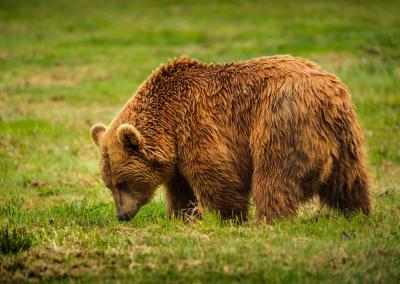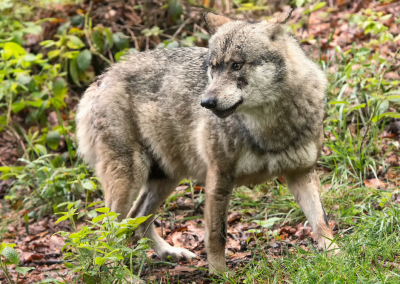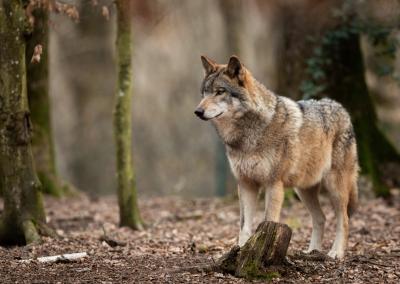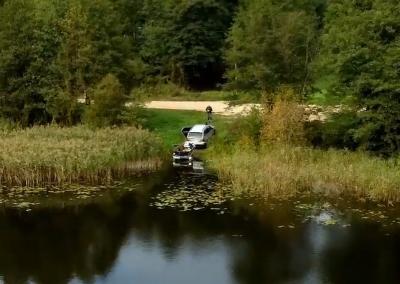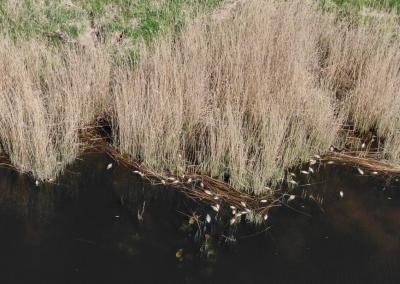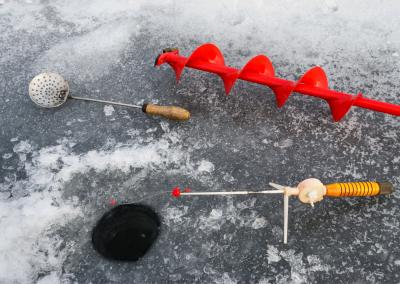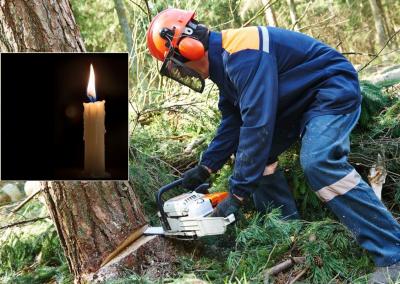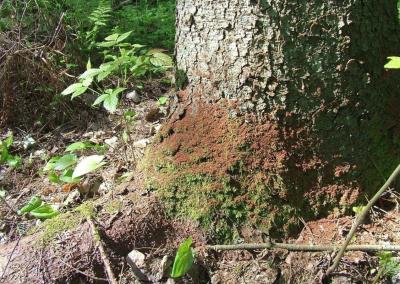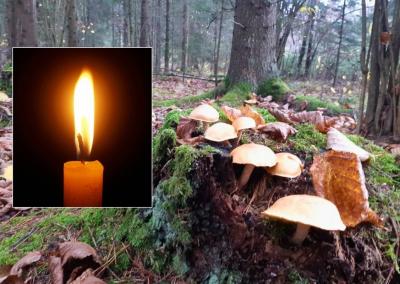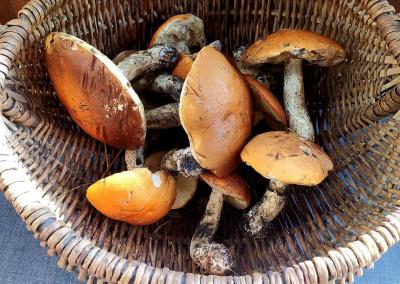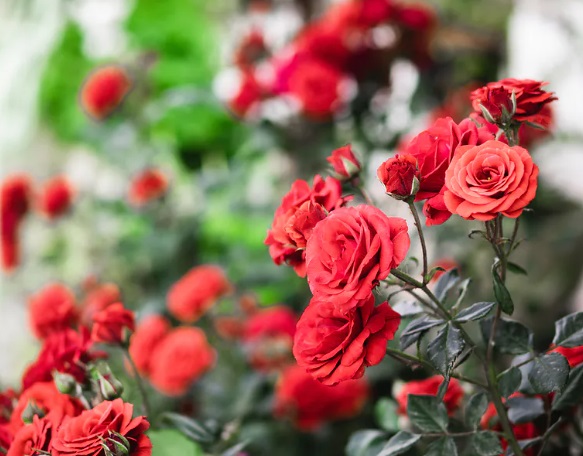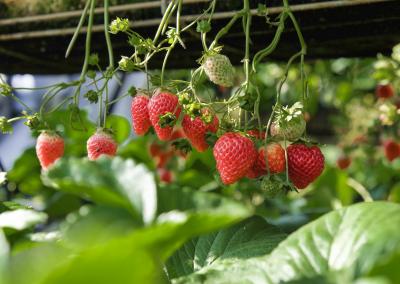What is the secret of a good-growing rose?
Wondering what to plant next to roses Don't leave these flowers to chance. Remember that certain plants can encourage the development of roses and some can inhibit it. We'll tell you what kind of neighbourhood is best for roses.
Roses are beautiful flowers, which is why most people want to grow them in their gardens. However, it is important to provide the right conditions for roses to grow and thrive. If you provide the right conditions for these plants, roses will surely reward you with beautiful blossoms.
What to plant next to roses?
If you are a beginner gardener, it is useful to learn the basic rules for growing roses, as this is what will ensure success. It is also a good idea to avoid certain mistakes that can adversely affect the development of the roses. Equally important is the type of plants you choose to plant next to the roses. Garlic, for example, is a good neighbour for roses. Why? It protects roses against pests and fungal infections. It is just one of many good neighbours for roses.
What don't roses like?
We'll tell you about the plants that have a negative effect on roses. The list is not long, but it is worth remembering which plants roses don't like. Roses do poorly around rhododendrons, heather, Japanese skimmia and other plants that like soil pH 6-7 . The same applies to plants that like moist soil. Do not plant gaurias, heleboras and marigolds next to roses. Roses like full sun, so do not plant them under tall trees. Also, do not plant roses next to plants that need to be dug up, i.e. irises, dahlias or begonias. Mint and bamboo can compete with roses for water and should not be planted next to roses either.
What plants should be planted next to roses?
You already know what not to plant near roses. It's time to reveal which plants are perfect neighbours for these flowers:
- Tujos: they are the perfect background for colourful flowers. In addition, thujas do not deprive roses of nutrients.
- Pelargoniums: they will provide a great cover for the underside of the rose bushes, which are not colourful. Pelargoniums will look very pretty in the roses.
- Levanders: they repel insects and cover the unsightly lower part of the shrub.
- Decorative grasses will give roses a natural protection against wind.
- Salvia has small flowers and will not compete with roses.
- Buxwoods are ideal for the low hedge that surrounds rose beds.
- Witches are excellent neighbours for climbing roses.
When planting next to roses, it is important to leave enough space for air circulation. Dense, too close planting can create a humid microclimate that will make roses more susceptible to disease, especially mildew or anthrax. Each plant should have enough room to grow without coming into contact with the rose branches. It is also worth thinking about mulching – if you use wood chips or natural mulch around the roses and their neighbours, this will help to maintain even moisture, reduce weed growth and improve the overall condition of the soil.



